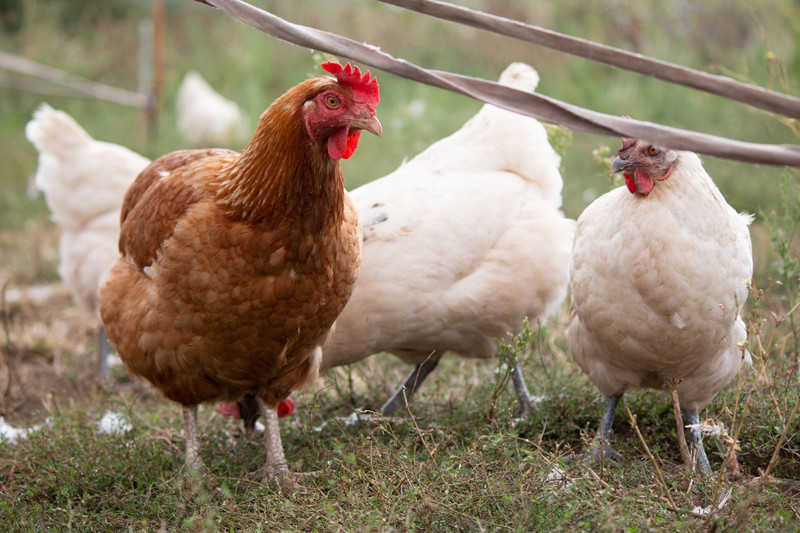A Future for Hens and Roosters

The organic sector proclaimed the day with the aim of increasing awareness of the still problematic situation of poultry farming. In addition to Ökologische Tierzucht gGmbH (ÖTZ), the Bund Deutscher Rassegeflügelzüchter (German Association of Poultry Breeders) is also one of the initiators. The practice of killing male chicks immediately after hatching is now banned in Germany; however, they are selected “in ovo” and not hatched at all. ÖTZ, on the other hand, favours chicken breeds and crossbreeds in which both sexes have pride of place: The hens lay eggs, and their brothers produce meat.
What earlier generations took for granted only came to an end about 60 years ago due to the one-sided specialisation of modern agriculture, whereby hens were bred either with a view to the highest possible laying performance or optimal fattening qualities. This development also affected organic poultry farming: for a long time, it only had access to conventionally bred animals, and traditional dual-purpose breeds were increasingly lost from view. Founded in 2013, Bruderhahn Initiative Deutschland (since 2020 Brudertier Initiative Deutschland, still abbreviated to BID) and ÖTZ, which was launched soon after by its current executive director Inga Günther and the organic associations Demeter and Bioland, have initiated fundamental changes in this regard.
SAGST project manager Christian Wüst is convinced that “the current crisis-ridden times call on us to consider a paradigm shift in many areas. In agriculture, ÖTZ’s dual-purpose chickens make a sustainable difference – which is why we have supported this important initiative since its inception.” Ecological sustainability and animal welfare go hand in hand: the chickens are raised in groups and outdoors, cage-free. They can be fed with the farm’s own feed, saving resources. Moreover, they are excellent food scrap consumers on a versatile farm. They enjoy robust health and are virtually free of diseases associated with high egg production. Last but not least, they enable farmers to take breeding back into their own hands and thus become less dependent on industrial corporate structures.
